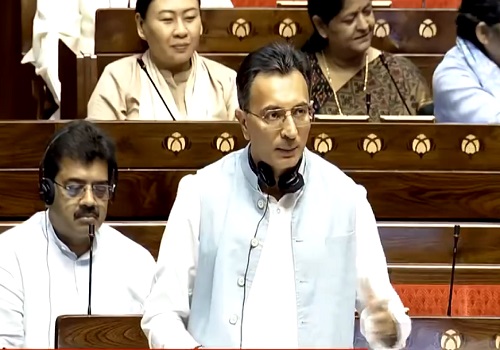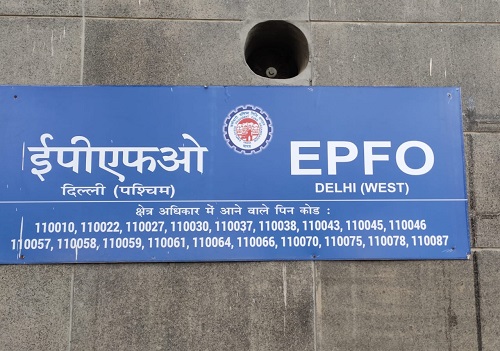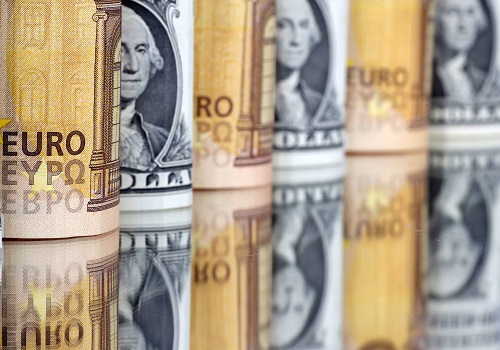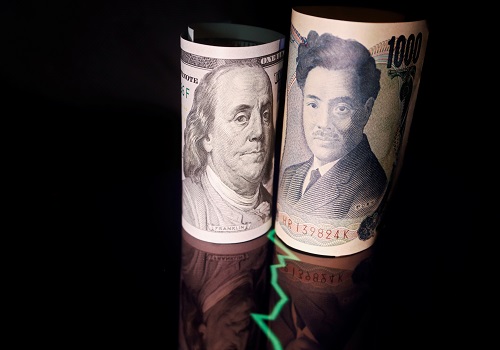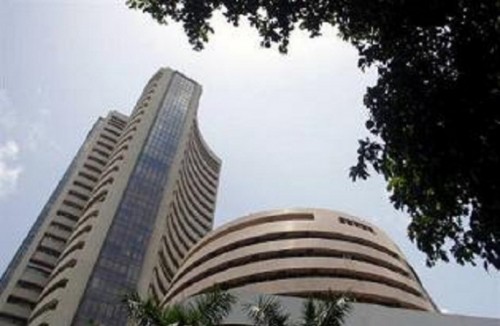December portfolio outflow of $ 3.7 bn from India largest in pandemic era
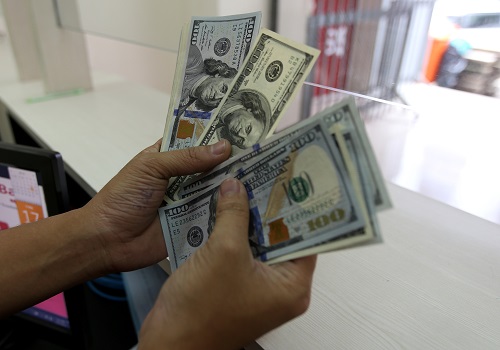
Follow us Now on Telegram ! Get daily 10 - 12 important updates on Business, Finance and Investment. Join our Telegram Channel
The recent hawkish narrative from key central banks in the developed economies along with uncertainty with respect to Omicron has resulted in $ 3.7 billion portfolio outflow from the Indian financial markets in December 2021 so far (till December 28). This happens to be the largest portfolio outflow on a monthly basis in the pandemic era beginning April 2020, Acuite Ratings said.
With the current account deficit facing risk of a higher expansion than anticipated, our projection of FY22 BoP surplus at $ 50 billion could in turn face some downward pressure.
However, if the plan of roll out of LIC's IPO stays on course, Q4 FY22 could see capital inflows thereby supporting INR to some extent.
Acuite Ratings said the Indian rupee has been on a tumultuous ride since the beginning of the calendar 2021, witnessing significant volatility in the band of 72.4-76.0/USD.
From maintaining an appreciating bias in the early months of 2021 amidst record high foreign inflows, the INR has been losing ground the past couple of months and is likely to end the year as one of the laggards among the Asian market currencies.
After closing at a strongest post pandemic level of 72.61 in May 2021, the rupee has seen a weakness since September. Although the rupee has depreciated only by 0.8 per cent so far in Q3 FY22 against the USD as compared to a mild appreciation of 0.2 per cent seen in Q2 FY22 due to reported dollar purchases by the central bank, there has been a sharp interim surge where the rupee almost touched 76.0/USD, which was the weakest level in nearly two years.
The weakness in INR in December 2021 has put it amongst the worst performers in Asian space along with JPY (Japanese Yen) and MYR (Malaysian Ringgit).
Clearly, a combination of global as well as domestic factors has led INR to depreciate. On the global front, continued strength in the US dollar amid a sharp hawkish tilt by the Federal Reserve, primarily driven by inflationary pressures perceived to be more 'permanent' than earlier expected, has been one of the factors weighing on INR.
In the recent FOMC meeting in December, Fed has not only announced its intent to accelerate the ongoing taper (by doubling the pace of monthly bond purchases from USD 15 billion per month to USD 30 billion per month), but more importantly, it now projects three round of rate hikes in 2022, up from just one projected in the September21 policy review, the report said.













